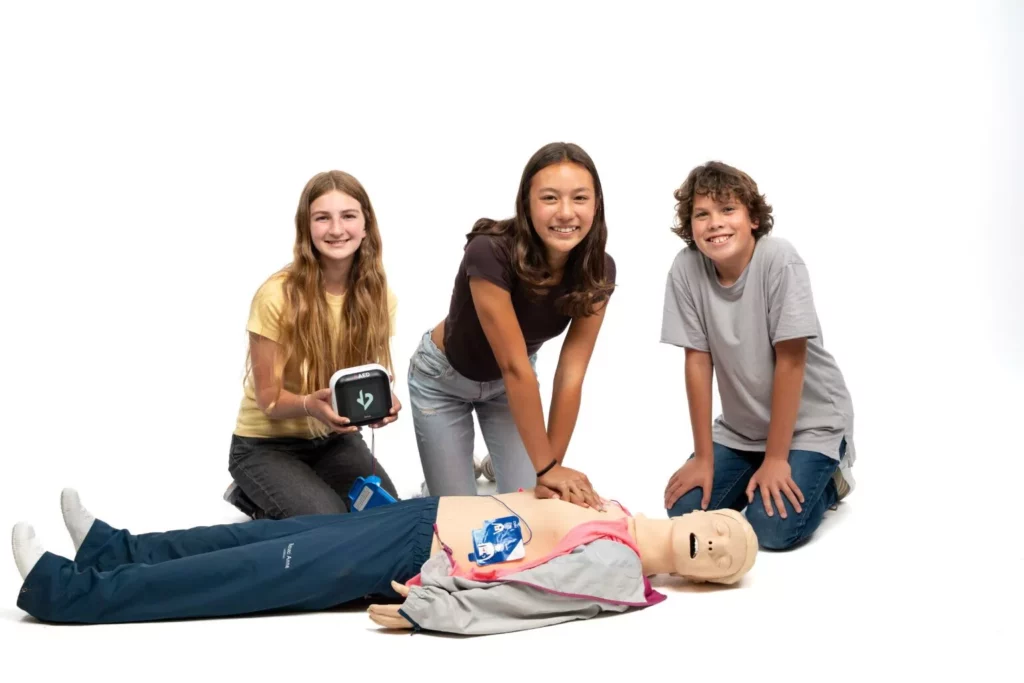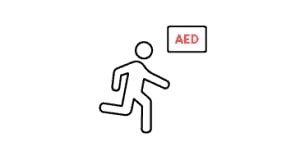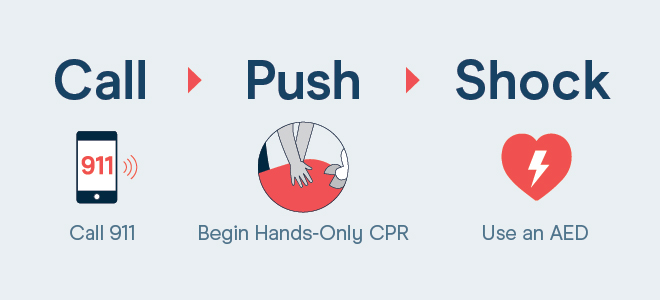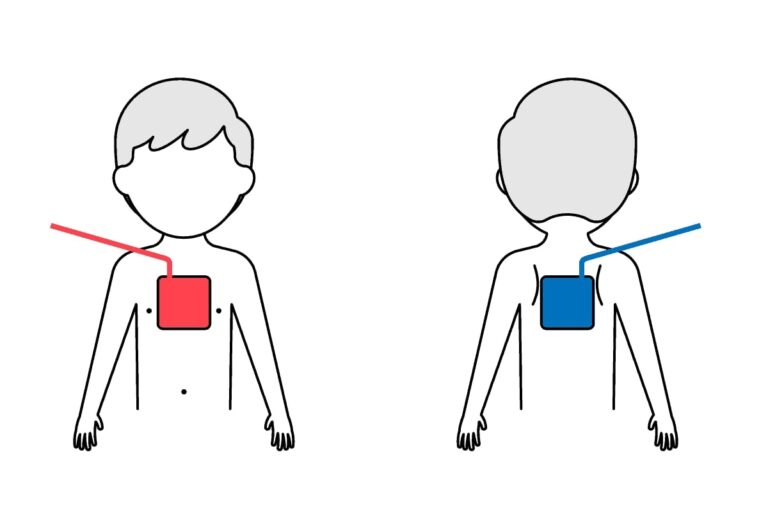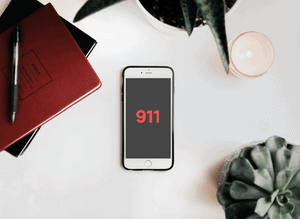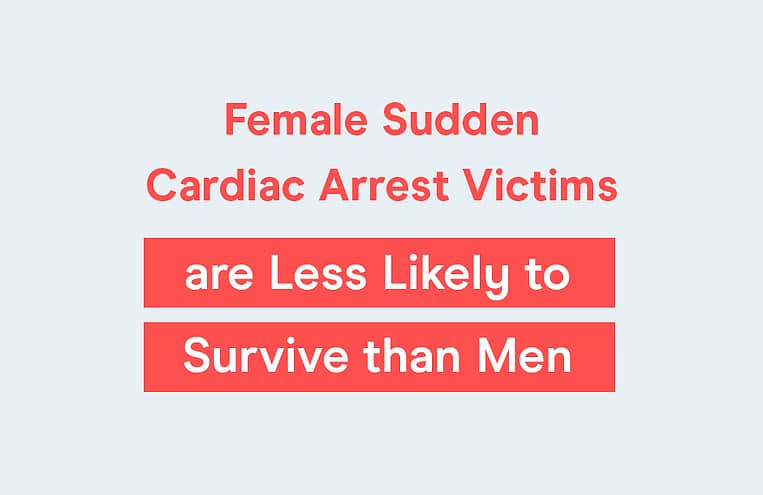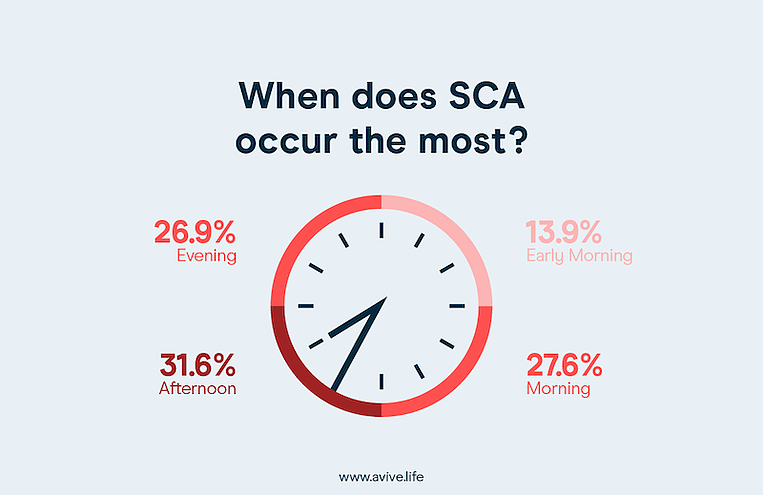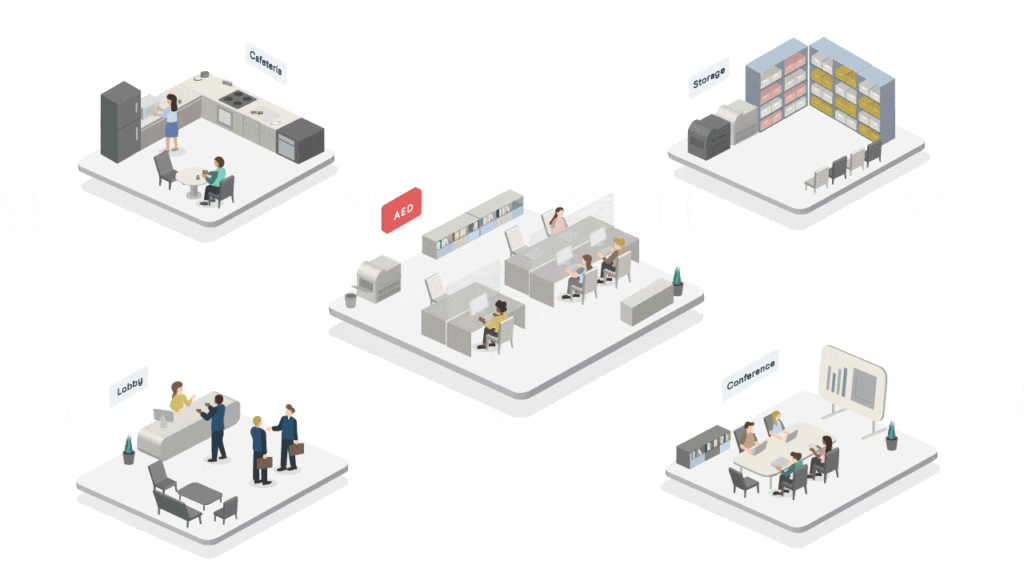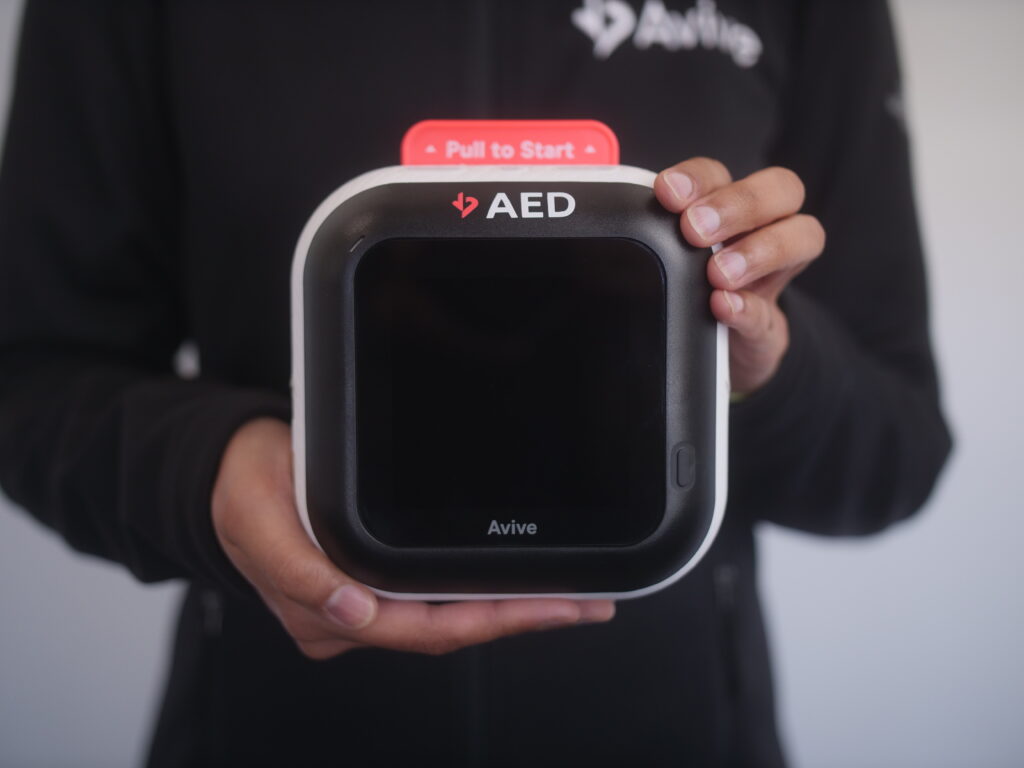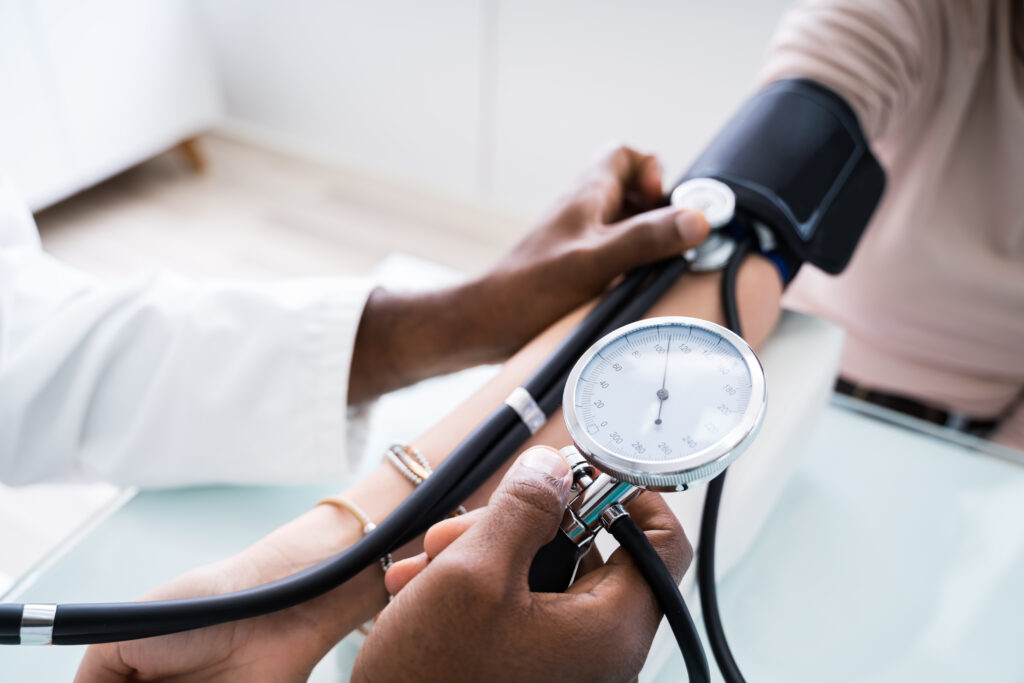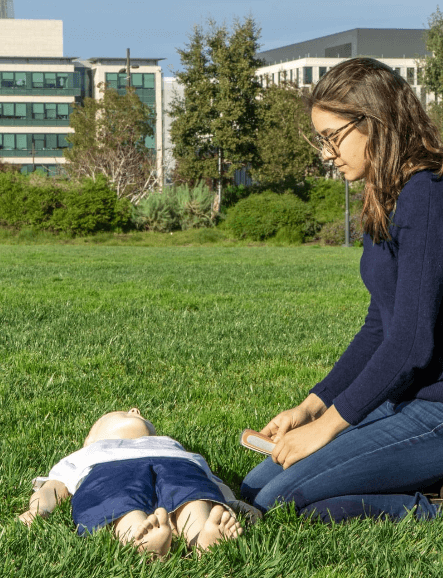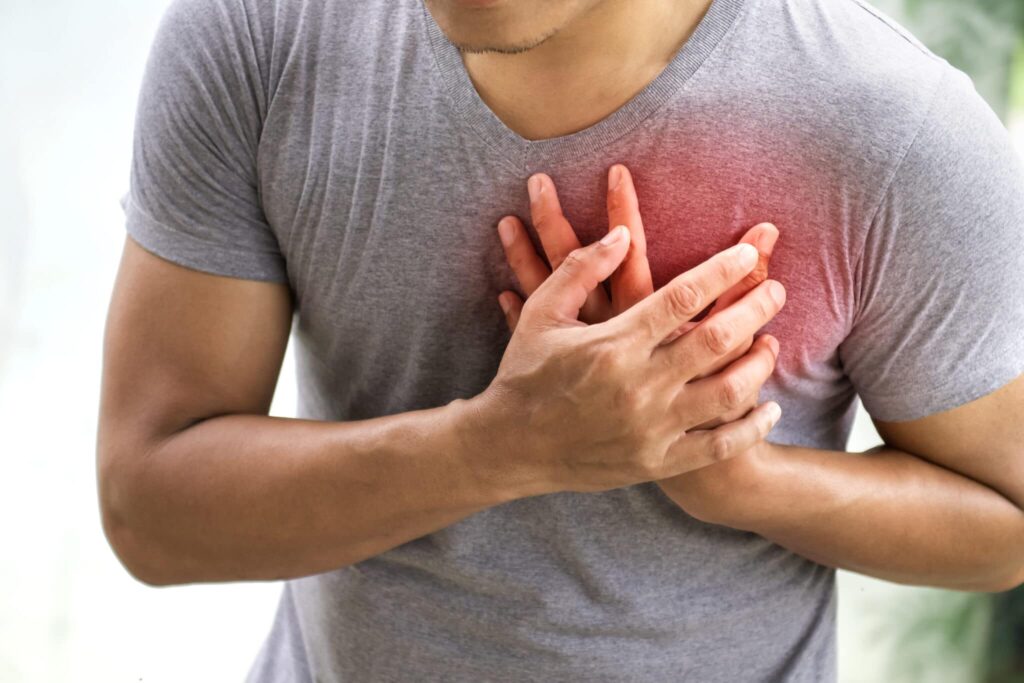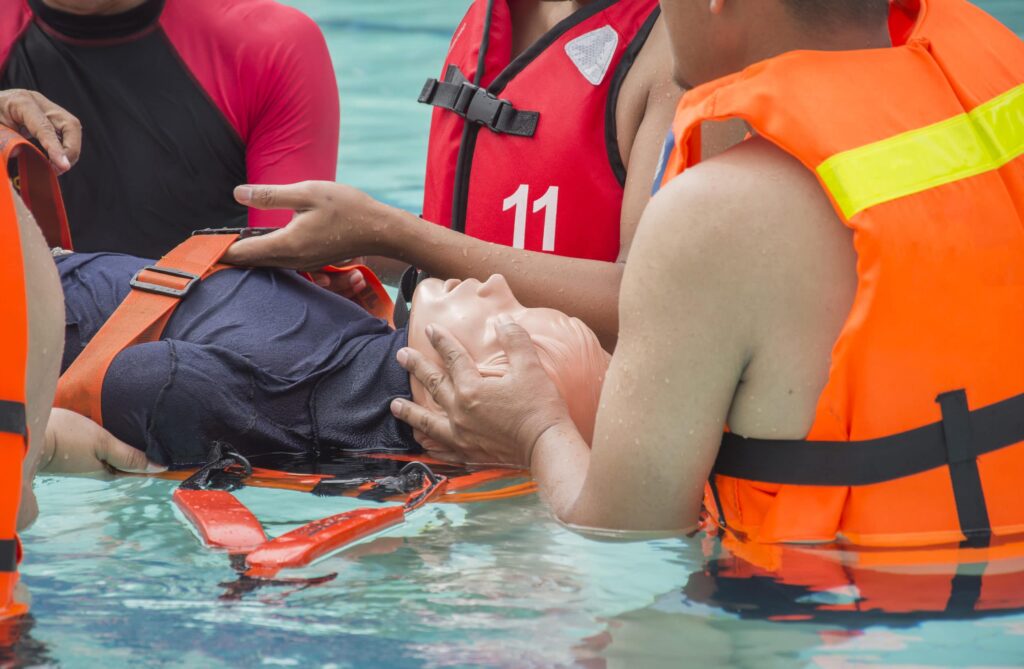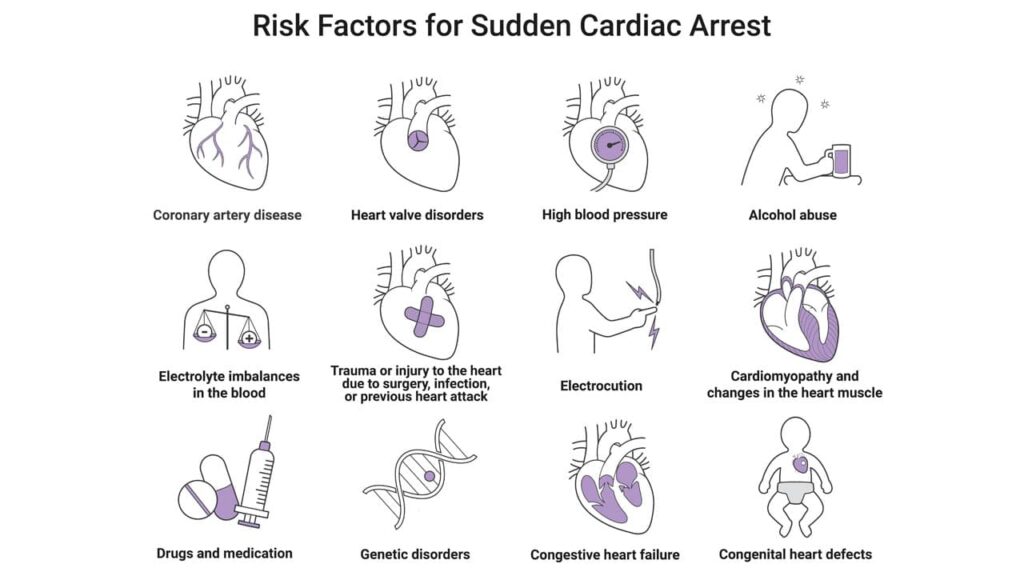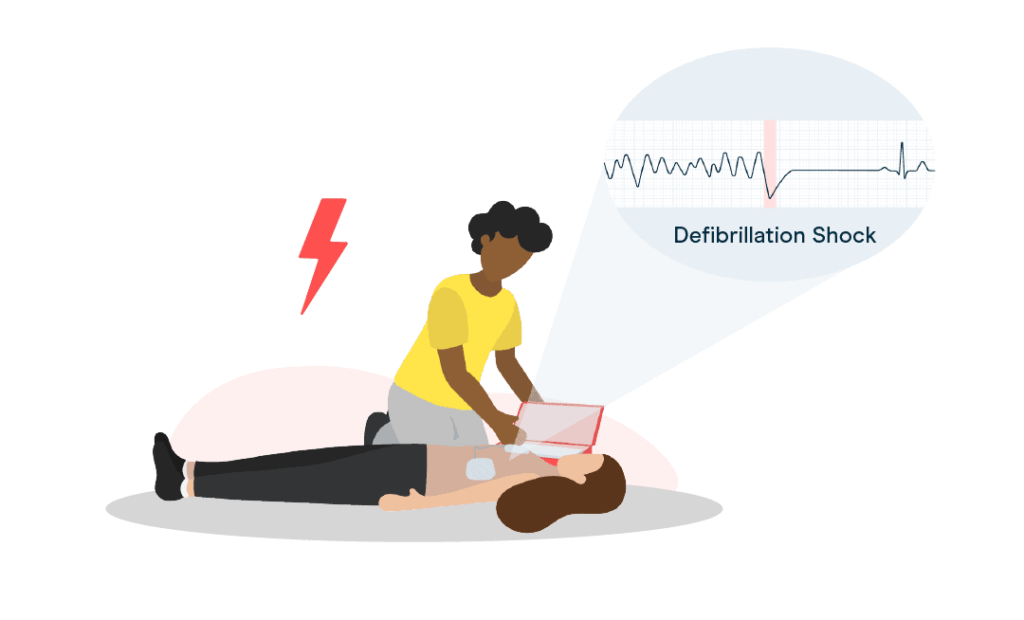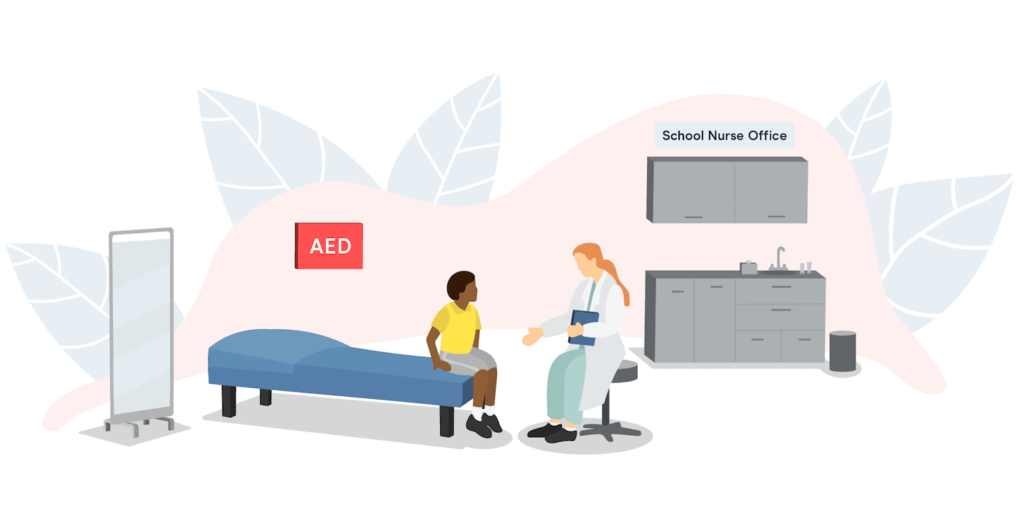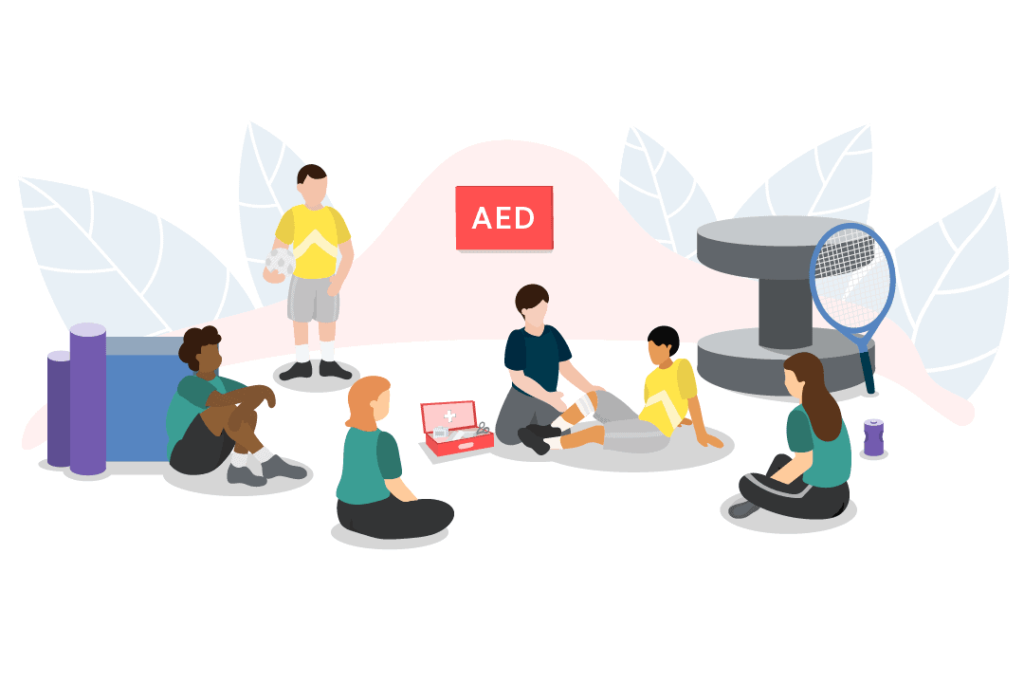Guides
What is an Automated External Defibrillator (AED) and How to Use It
Many questions arise when it comes to Automated External Defibrillators (AEDs). In this guide, we seek to…
AED Emergency Action Plan for Gyms and Athletics
Sudden Cardiac Arrest (SCA) is the leading cause of death in exercising athletes. Every facility, school, and club…
How To Do CPR: Step By Step Guide
Steps On How To Do CPR On A Person Sudden Cardiac Arrest (SCA) is a leading cause…
The Ultimate AED Unit Pediatric Electrode Pad Guide
Everything you need to know about pediatric AED pads, pad placement, and which AED models offer the…
Semi-Automatic vs. Fully Automatic AEDs
In an emergency, there are multiple types of bystander responses. Watch and panic, assume someone else will…
Implementing a PAD Program
A comprehensive buyer’s guide to setting up a Public Access Defibrillation program. Please Implementing-a-PAD-Program to read full report.
Introduction to SCA, AEDs, and PAD Programs
The report below will provide you with a brief introduction to understanding Sudden Cardiac Arrest, AEDS (automated…
AED Unit Upgrades
In order to keep AEDs in proper working condition and in keeping with regulatory requirements, AED manufacturers…
Sex and the Heart
Understanding the disparity in CPR response rates between men and women. Female Sudden Cardiac Arrest Victims are…
Time SCA Occurs is Changing
How the time of SCA has shifted and the potential impact on survivability. Could shifts in the…
- « Previous
- 1
- 2
AED Placement Requirements & Best Practices
How many AEDs should a facility have? When responding to someone who has suffered Sudden Cardiac Arrest (SCA), immediate…
How to Use an AED: Step-By-Step Guide
Automated External Defibrillators (AEDs), are used to revive someone in Sudden Cardiac Arrest (SCA). SCA is a…
Heart Rate vs. Blood Pressure: What’s the Difference?
For most of us, a trip to the doctor begins with a check of our heart rate…
AED Pad Placement
Automated External Defibrillator pads (also known as AED electrode pads) are an essential part of any lifesaving…
Sudden Cardiac Arrest vs. Heart Attack: What’s the Difference?
Despite the fact that “heart attack” and “cardiac arrest” are commonly used interchangeably in the news and…
What Should You Do to Use an AED on Someone Submerged in Water?
When a person experiences Sudden Cardiac Arrest (SCA), the heart suddenly stops beating. This condition is life-threatening and can…
Agonal Breathing: Everything You Need to Know
Agonal Breathing Definition Agonal breathing or agonal respirations are medical terms used to describe insufficient breathing that…
Arrhythmias and Sudden Cardiac Arrest
Has your heart “skipped a beat” or “stopped” in a moment of panic? What about a warm…
Why Is Rapid Defibrillation Important
What is Defibrillation? Why is Defibrillation Important? Every year, over 350,000 people die from Sudden Cardiac Arrest…
AED Indemnification
A Seemingly Complex Legal Term Made Simple Indemnification clauses are frequently encountered in contracts and purchase agreements,…
Emergency AED Readiness in American Schools
Abstract Avive Solutions Inc. wanted to evaluate the quality, level of penetration, and expected effectiveness of Automated…
The Essential Athletic Trainer’s Guide to AEDs
Sudden Cardiac Arrest Sudden Cardiac Arrest (SCA) refers to a condition in which the heart stops pumping blood abruptly due to a disruption…
What is an Automated External Defibrillator (AED) and How to Use It
Many questions arise when it comes to Automated External Defibrillators (AEDs). In this guide, we seek to…
AED Emergency Action Plan for Gyms and Athletics
Sudden Cardiac Arrest (SCA) is the leading cause of death in exercising athletes. Every facility, school, and club…
How To Do CPR: Step By Step Guide
Steps On How To Do CPR On A Person Sudden Cardiac Arrest (SCA) is a leading cause…
The Ultimate AED Unit Pediatric Electrode Pad Guide
Everything you need to know about pediatric AED pads, pad placement, and which AED models offer the…
Semi-Automatic vs. Fully Automatic AEDs
In an emergency, there are multiple types of bystander responses. Watch and panic, assume someone else will…
Implementing a PAD Program
A comprehensive buyer’s guide to setting up a Public Access Defibrillation program. Please Implementing-a-PAD-Program to read full report.
Introduction to SCA, AEDs, and PAD Programs
The report below will provide you with a brief introduction to understanding Sudden Cardiac Arrest, AEDS (automated…
AED Unit Upgrades
In order to keep AEDs in proper working condition and in keeping with regulatory requirements, AED manufacturers…
Sex and the Heart
Understanding the disparity in CPR response rates between men and women. Female Sudden Cardiac Arrest Victims are…
Time SCA Occurs is Changing
How the time of SCA has shifted and the potential impact on survivability. Could shifts in the…

